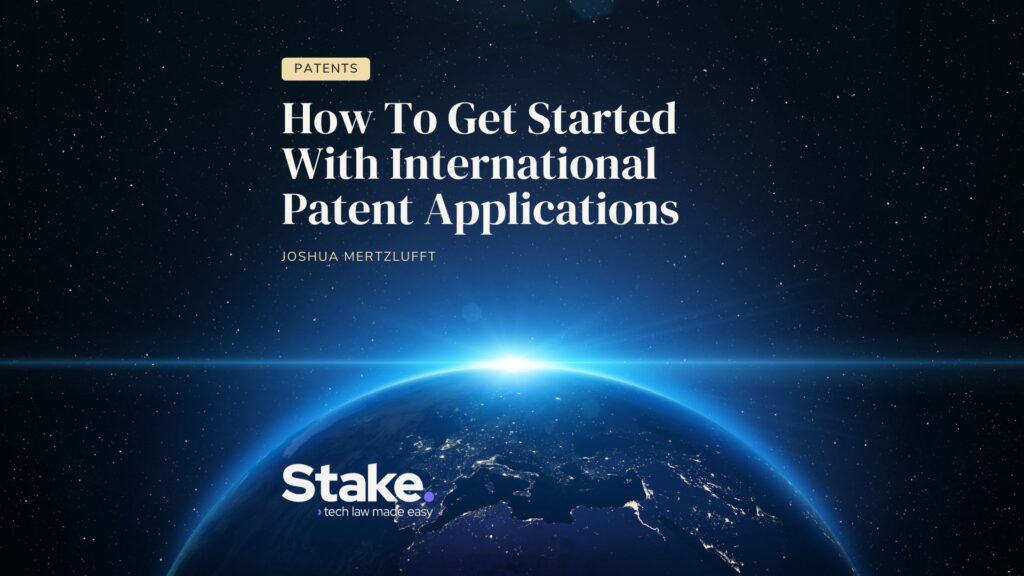
Your IP portfolio can protect your company beyond the United States. This becomes particularly important when you’re operating in multiple markets. International patent applications exist to help.
Patents are national matters—the patent that protects your company in the U.S. does not protect your company in India. Rather than start the process from scratch in each country, international patent applications get the process started in most of them through a single filing.
Why it matters: Early on, it’s tough to determine where the future will take a startup. Will the startup stay in the U.S. market? Will it gain valuable traction abroad?
- Ideally, a startup will patent its inventions in each major market it competes in—or that its competitors would likely come from.
- The international patent application lets you get that process started in up to 157 countries around the world, including all of the biggest players in the global economy.
Zoom in: Prepping an international patent application under the Patent Cooperation Treaty, or PCT, involves many of the same steps as putting together a U.S. non-provisional patent application. Among other things, a PCT application must include the main similar elements:
- Specification, Claims, Drawings, Abstract, Title
- The forms for filing are different, however, and leave more room for error.
- The government filing fees are higher if you would normally qualify for small- or micro-entity status.
The timeline itself is fairly straight forward:
- (Optional) File your U.S. Provisional Patent Application
- File your PCT International Patent Application (within 12 months of #1 above if that was done)
- Receive your international search report and the accompanying written opinion
- File your “national stage” applications in the countries you want a patent (in most countries, within 30 months of the earlier of #1 and #2 above).
Between the lines: Doing the math based on this timeline, you’ll see that—if your goal isn’t speed as discussed below—you ultimately have up to a whopping 30 MONTHS from your original priority date to make a decision on what countries you’d ultimately like to seek a patent in.
- For a startup, this could mean having 2-1/2 years to market test, refine, and make sales as patent pending.
The big picture: Having a PCT application filed is a marker of a startup that has international markets in mind. They show that the startup is serious about protecting its IP and storing value within the company.
Speedy patenting: Going from a PCT application to the U.S. national stage is often the fastest way I’ve found to get a patent. This is why, if speed is required and budget is there, the move I recommend is PCT to U.S. national stage.
- The government patent search for a PCT application is done by usually between 3–9 months from when you file (contrast with 16-19 months on a U.S. non-provisional application).
- If this search is favorable—meaning the government thinks the invention would be patentable based on the search—then that can be used to get into a program called the Patent Prosecution Highway.
- The Patent Prosecution Highway—invented originally by the U.S. and Japan and now has many other major participants—lets you fast-track the process if you receive favorable action from a member office (including for a PCT application).
- In practicality, this means that if you get an International Search Report that shows no disqualifying prior art references, you can leverage that to fast track many of your national patent applications.

The bottom line: Going international with your patent application via the Patent Cooperation Treaty can provide distinct advantages for your startup both in terms of global scope and time to patent approval. Not every startup would benefit from a PCT application given the cost, but most having any foreign markets in mind certainly need to consider filing internationally using a PCT international patent application.